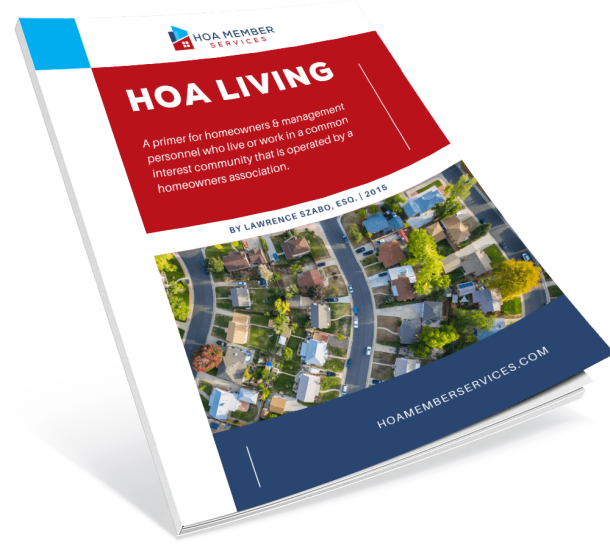Understanding the Proper Use of Homeowners Association Reserve Funds
- Finances
The use of homeowners association reserve funds is a topic of much confusion and controversy within homeowners associations. Because of the importance of maintaining proper levels of homeowners association reserve funds, they are afforded protections by state laws and/or an association’s governing documents and HOA board members and management personnel should be familiar with all requirements that are imposed on the use of reserve funds before making decisions relative to their use.
What are reserve funds?
It is critical to understand that an association’s reserve funds are not to be used for the payment of normal recurring operating expenses of the association. Reserve funds are funds that are set aside in a separate account (reserve account) that is established as a source of funds that are available for specific purposes of repair, restoration, replacement, or maintenance of major components that are part of the common areas that the association is responsible for. Examples of the proper purposes for the use of reserve funds include: (i) the replacement of common area roofs; (ii) the replacement of wood siding on common area building exteriors; (iii) repaving of community roads; (iv) painting or remodeling community facilities such as a clubhouse. The restrictions imposed by state laws and/or governing documents may also permit the use of an association’s reserve funds for funding litigation that involves the repair, restoration, replacement or maintenance of such components (i.e. construction defect litigation).
To maintain the separate identity of the reserve funds, an association needs to maintain one or more separate bank accounts for the holding of reserve funds and the reserve funds should never be commingled with an association’s operating funds. Furthermore, it is common for state laws and/or governing documents to limit those who are authorized to withdraw reserve funds from the accounts to board members and/or officers of the association. Thus, retained management personnel should never be authorized to withdraw funds from an association’s reserve bank account.
Where do the reserve funds come from?
The source of the funds that go into an association’s reserve account is the dues and assessments that are periodically (usually monthly or quarterly) paid by the association’s members. Associations that are relatively new, and under the control of a developer, may also require contributions to the reserve fund from the developer for lots, homes, or units that have not yet been sold. A specific portion of each payment made for dues and assessments is allocated for contribution to the association’s reserve account. The remaining portion is for payment of ongoing operating expenses.
Determining how much to set aside for reserve funds
Subscription Required to Continue Reading
To view the full HOA Featured Article, you must have a Subscription with HOA Member Services
Become a Member
Personal Monthly
-
Access to over 600 Articles & Case Decisions
-
Access to hundreds of Resources
-
HOA Newsletter
-
Free Copy of HOA LIVING
-
25% OFF Download Forms
-
1 User
Personal
-
Access to over 600 Articles & Case Decisions
-
Access to hundreds of Resources
-
HOA Newsletter
-
Free Copy of HOA LIVING
-
25% OFF Download Forms
-
1 User
Pro
-
Access to over 600 Articles & Case Decisions
-
Access to hundreds of Resources
-
HOA Newsletter
-
Free Copy of HOA LIVING
-
Free Unlimited Access to Download Forms (save $1000s!)
-
Unlimited Personal Support from HOA Attorney
-
1 User
HOA Team
-
Access to over 600 Articles & Case Decisions
-
Access to hundreds of Resources
-
HOA Newsletter
-
Free Copy of HOA LIVING
-
Free Unlimited Access to Download Forms (save $1000s!)
-
Unlimited Personal Support from HOA Attorney
-
Up to 10 Users



